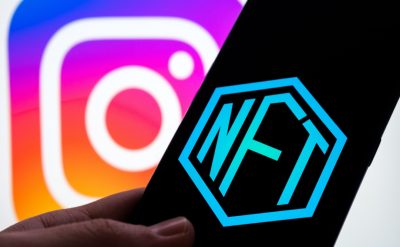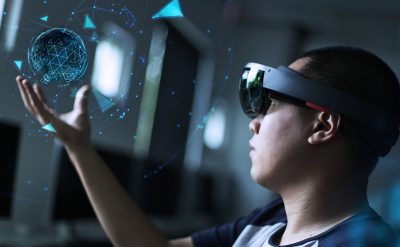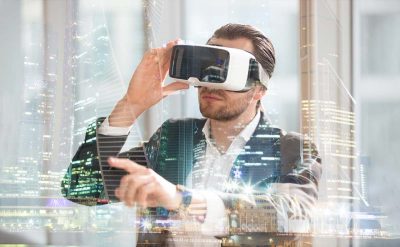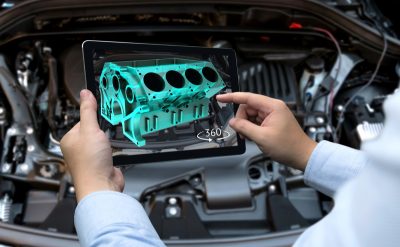Highlights:
- The well-known early AR headset developer Magic Leap introduced its first headset, the Magic Leap One, in 2019.
- A consumer-focused technology, the Google Glass project from 2011 allowed users to see augmented images through a visual overlay on a pair of glasses equipped with a camera.
Alphabet Inc.’s Google partners with Magic Leap Inc., an augmented reality startup. The companies joined forces to mutually work on optics solutions and AR.
The two businesses reported that Magic Leap’s manufacturing and optical experience will be combined with Google’s technological innovation capabilities despite the announcement’s lack of specifics.
Vice President and General Manager of AR/XR at Google, Shahram Izadi, said, “By combining efforts, we can foster the future of the extended reality ecosystem with unique and innovative product offerings.”
The well-known early AR headset developer Magic Leap introduced the Magic Leap One, their first headset, in 2019. Using computer technology to superimpose holograms of virtual things on what users see projected onto the lenses of a lightweight headset, augmented reality enables the blending of real and virtual settings. Since then, the business has released the Magic Leap 2, a more potent and lightweight AR headset emphasizing enterprise and industry use cases.
A consumer-focused technology, the Google Glass project from 2011 allowed users to see augmented images through a visual overlay on a pair of glasses equipped with a camera. This was Google’s first foray into the augmented reality sector. However, following years of testing, Google finally decided to shelve the device in 2015. In 2019, Google Glass was reintroduced as a corporate product, and an improved version, the Google Glass Enterprise Edition 2, has been released with enhanced optics and specifications.
Google competes with Microsoft Corp. as an enterprise augmented reality product maker with its HoloLens 2 and more immersive devices like mixed reality headsets like the Meta Quest 3 from Meta Platforms Inc. and the Vision Pro from Apple Inc. In contrast to the ultimate augmented reality spectacles, these headsets are relatively heavy and unwieldy. Nevertheless, Apple and Meta have made public their AR aspirations.
For augmented reality (AR) to be effective, the devices and lenses need to be small, light, and nearly indistinguishable from a regular pair of glasses—with the addition of visual and aural enhancement.
Julie Larson-Green, Magic Leap’s Chief Technology Officer, reported, “We’ve shipped a couple of different versions of augmented reality devices so far, so we’re out there delivering things, and Google has a long history of platform thinking.”
The generative artificial intelligence revolution that Google leads will also significantly impact augmented reality. Google recently introduced Project Astra, a new AI agent. The latest assistant can conduct authentic speech chats in real time and reason using images provided to it. Integrating it with footage from augmented reality glasses would be the next logical step in improving human-AI interaction.






































































